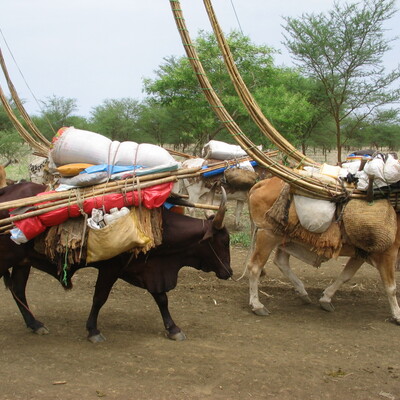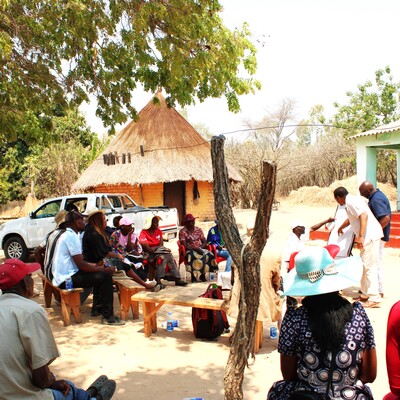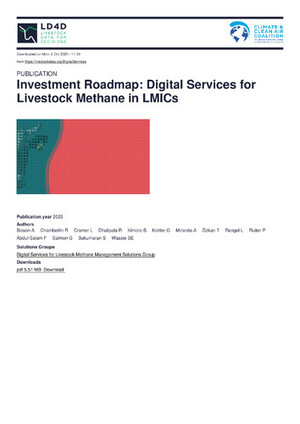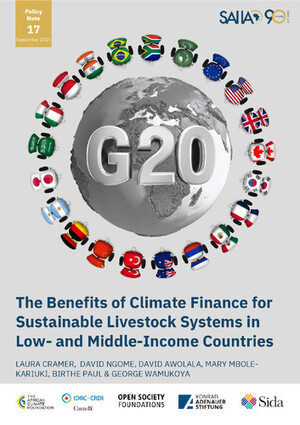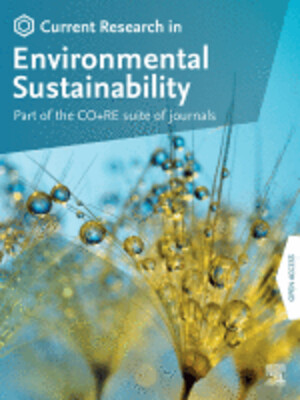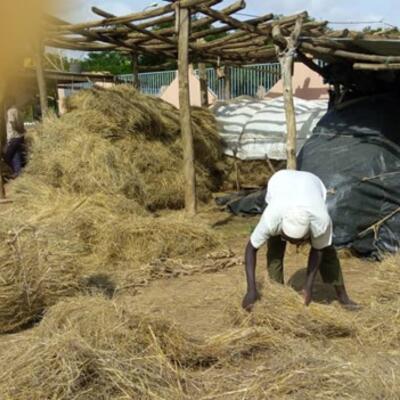
First use of a drone to measure ruminant methane emissions in Africa
Flying a mere 9 meters above the grasslands at Kapiti, ILRI’s Research Station and Wildlife Conservancy, a drone not only took pictures of the landscape and livestock inhabitants, but was also measuring methane emissions from herds of ruminants (camels, goats, cows and sheep that digest plant-based food in a specialized stomach, resulting in methane production as a by-product). This was the first time that a drone was used to measure emissions from livestock on the African continent.

This pioneer research project, made possible by the Eranet project 'CircAgric-GHG', is led by Vibeke Lind (NIBIO) and partnered with ILRI’s Mazingira Centre. Although the project aims to evaluate the relationship between livestock system nutrient circularity and greenhouse gas (GHG) emissions, it also includes a remote sensing component that is exploring new measurement technologies.
‘We aim to confirm that a drone can be an easy, flexible, and rapid method for measuring emissions of livestock herds in their natural environment. You can do it in the fields and with minimal disturbance to the animals, as they do not need to be trained to wear specific equipment or housed in chambers, which are the other methods used by ILRI’s Mazingira Centre,’ said Claudia Arndt, Senior Scientist and Team Leader of the Mazingira Centre.
Measuring methane from ruminants is a crucial piece of the puzzle to tracking emissions in the agriculture sector to improve national GHG inventories and to measure the reductions of mitigation strategies. This is important for accurate GHG reporting and for national efforts to reduce emissions towards Nationally Determined Contributions (NDC’s). This initiative of using drones for livestock emission measurements under the CircAgric-GHG project is working towards making tracking livestock GHG emissions as easy and reliable as possible.
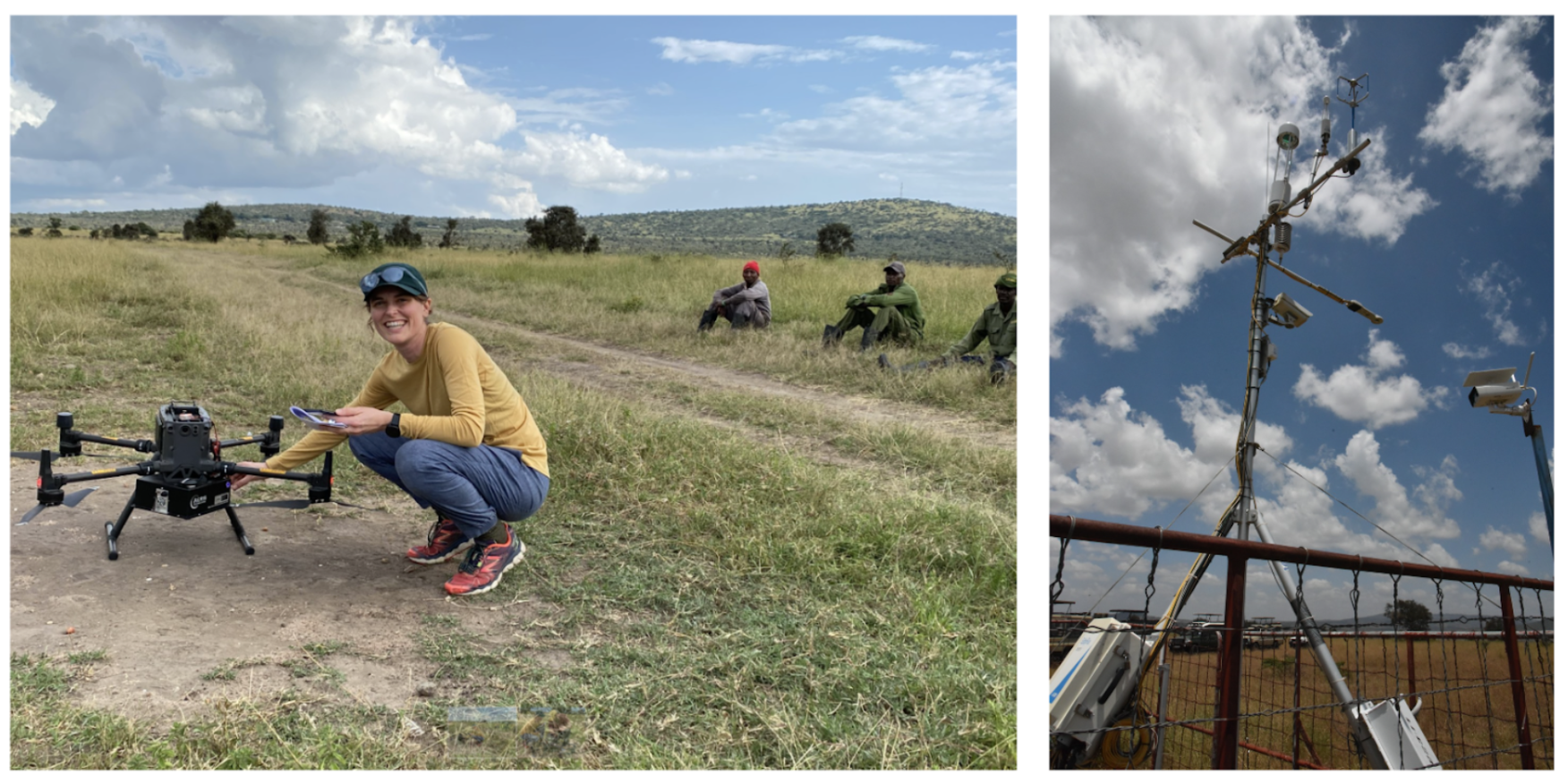
The measurements are conducted under the supervision of CircAgric-GHG partner Nobert Pirk from the University of Oslo, who has extensive experience and is a pioneer in drone measurements. Alouette van Hove, a PhD student under the supervision of Norbert, visited Kapiti in February 2024 together with John Hulth, head engineer at the department of geosciences, to test the methodology in an African context.
The tests are part of a bigger effort under CircAgric-GHG that is collecting data and testing the methodology for ruminant methane emission measurements across three different climates and environments: Germany, Kenya and Norway. The team’s time at Kapiti was instrumental in refining the drone methodology, including discovering that flying too high prevents accurate capture of emissions.
The final emission estimates are derived from a combination of sources: data from the drone sensor measuring methane concentrations and from Kapiti’s eddy covariance (EC) tower, which measures wind speed and direction. Alternatively, an anemometer can be mounted on the drone to measure wind speed in any location.
Both methane concentration and wind speed are needed to calculate emissions from animals, as they help determine the amount of methane being released. When the wind blows, it disperses the methane, and knowing both the methane concentration and the wind speed allows for accurate measurement the rate of emissions.
‘We were able to see higher concentrations of methane from cows than sheep which was what we expected to see and showed us that we are on the right track!’ said Alouette van Hove.
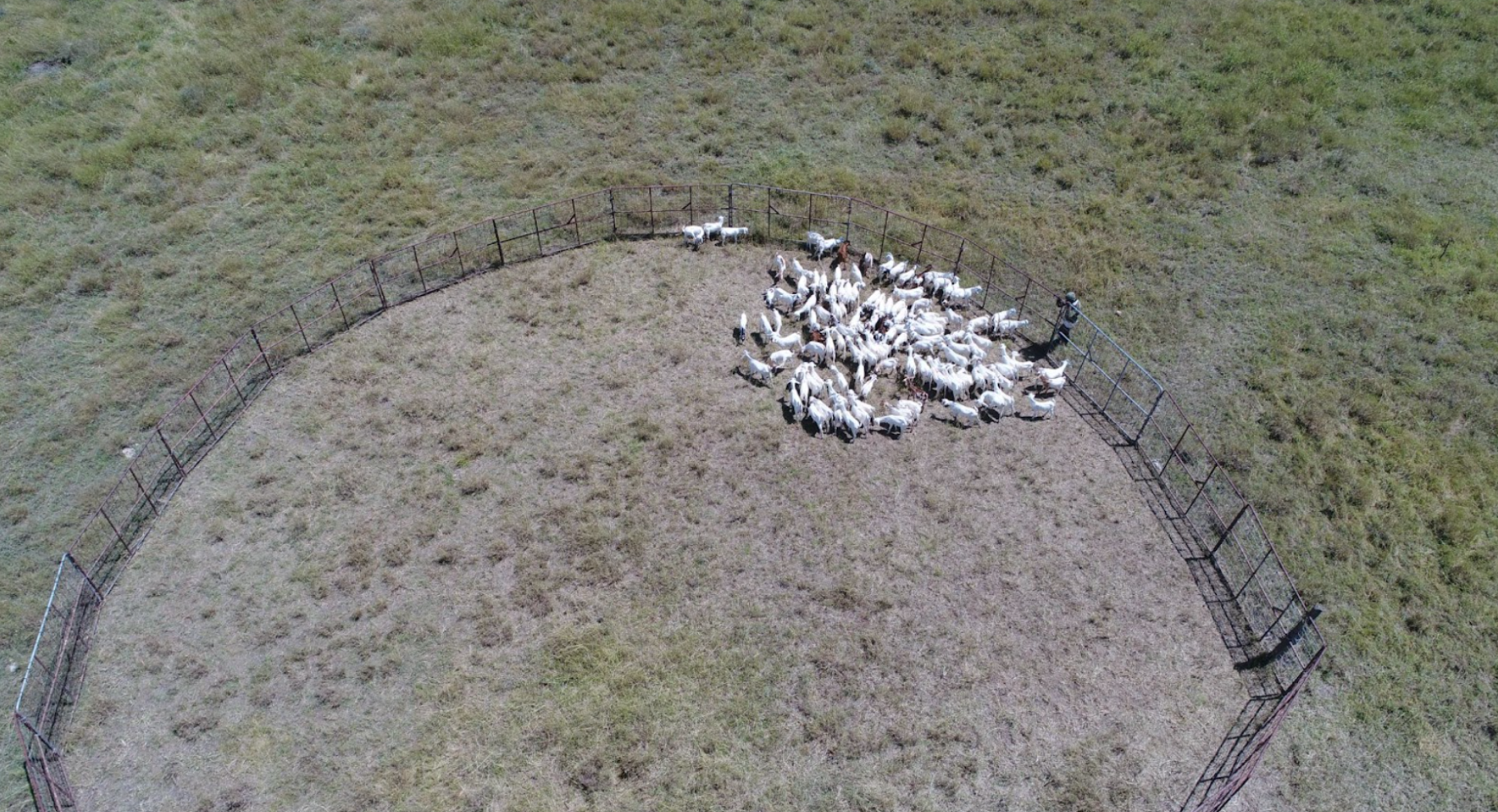
Van Hove is currently compiling all the data to estimate the emissions captured by the drone. These results will then be compared to emissions estimates based on IPCC methodology (used to calculate national livestock GHG inventories), which uses animal production data, such as live weight and live weight gain, together with feed quality data to predict emissions. This comparison will help researchers determine how closely the drone measurements align with the inventory predictions used in national GHG inventories.
While the team has collected data and tested the methodology in Norway and now Kenya, later this year, van Hove will take the drone to Germany to further validate the methodology.










